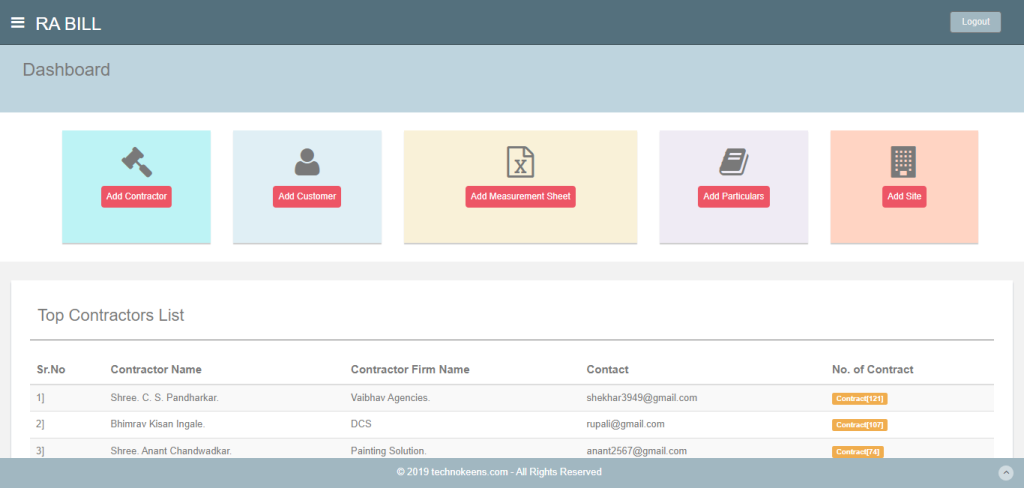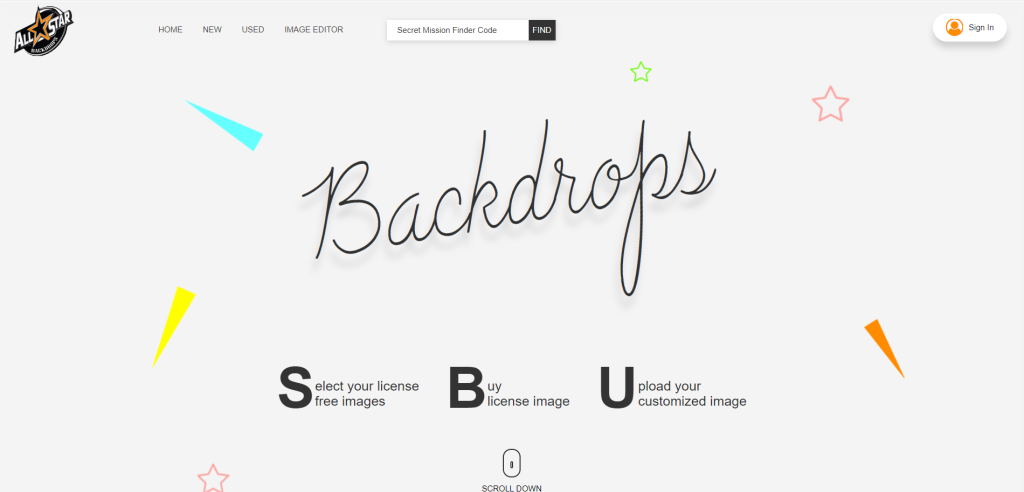Conducting Analysis
Conducting Analysis: Turning Data Into Meaningful Direction
At Technokeens IT Solutions, we conduct in-depth analysis to uncover insights that drive smarter decisions. Once your problem is structured and the plan is in place, we dive into your data to identify trends, gaps, and opportunities. Analysis isn’t just about numbers it’s about context, relevance, and clarity. By asking the right questions and applying proven methods, we turn raw data into meaningful direction. Whether your goal is to improve efficiency, boost engagement, or reduce costs, our analysis helps align strategy with real business impact every step of the way.
Overview
Why Conducting the Right Analysis Matters
In the digital age, businesses are surrounded by data, but very few use it effectively. Without a structured analysis process, decisions are often made on assumptions rather than evidence. This leads to missed opportunities, inefficiencies, and reactive strategies.
At Technokeens, conducting analysis means transforming raw data into insight insight that directly supports your business goals. We ensure that every number, chart, and trend we examine is connected to a decision you need to make.
Our process helps you:
- Identify performance gaps and inefficiencies
- Understand customer behavior and needs
- Predict future trends and risks
- Validate strategies before committing resources
- Create a solid foundation for innovation or transformation
Our Expertise

Our Consulting Approach to Business Analysis
Every business challenge is unique. That’s why our analysis process is tailored to fit your goals, data sources, and desired outcomes. We combine business knowledge, domain expertise, and technical tools to deliver insights you can trust and act on.
Our approach includes:
- Data Collection and Validation
We gather all relevant internal and external data structured and unstructured and validate it for accuracy and completeness. - Segmentation and Categorization
We organize the data into logical groups, whether it’s by user behavior, sales funnel stage, department, or product line.
- Trend and Pattern Analysis
We identify meaningful trends, recurring challenges, and potential blind spots using a mix of quantitative and qualitative methods. - Benchmarking and Comparison
We evaluate performance against industry benchmarks, historical performance, or custom KPIs to highlight areas of improvement. - Gap and Impact Analysis
We identify where expectations and results diverge and estimate how closing those gaps could benefit your business. - Insights and Storytelling
We package the findings into clear, visual reports that speak the language of decision-makers not just analysts.
This process ensures that insights don’t just sit in a report they guide real change.
Impact
What You Gain from Our Analysis
A well-executed analysis empowers your team to move forward with purpose. It reduces uncertainty and sharpens focus across departments.
Here’s what you can expect to walk away with:
- A clear, evidence-backed understanding of what’s working and what’s not
- Actionable insights tailored to your specific business goals
Visual dashboards and reports that aid in quick decision-making
Strategic recommendations based on facts, not guesswork
Confidence to back major business or technology decisions with data

Whether you’re preparing for a product launch, considering automation, or planning a new customer journey, our analysis provides the clarity you need to move forward.
Get Your Website Audit Report Now!
Why Us
Who Needs This Service
Conducting analysis is vital for organizations that:
- Are scaling fast and need to make quick, informed decisions
- Want to uncover inefficiencies or underperforming assets
- Are investing in new technologies or customer platforms
- Need to support leadership decisions with hard data
- Are re-aligning operations or redefining strategy post-growth
We support startups, SMEs, and large enterprises across industries from tech and retail to healthcare, logistics, and education.


Why Technokeens?
At Technokeens, we go beyond basic reporting. We understand that good analysis needs to be relevant, timely, and digestible. Our team combines consulting experience, technical skills, and storytelling expertise to bring your data to life.
What sets us apart:
- Customized frameworks for different business models
- Use of advanced analytical tools with human insight
- Focus on clarity and usability, not just complexity
- Hands-on collaboration with your internal teams
- A results-oriented mindset with long-term thinking
We don’t just give you charts we give you a clearer direction forward.
From Insight to Action
The ultimate purpose of analysis is action. Once our findings are shared, we work with you to align next steps whether that’s improving internal processes, upgrading systems, refining customer journeys, or building scalable tech solutions.
You can choose to implement changes internally or continue working with Technokeens to bring those strategies to life. Either way, the decisions will be driven by insight, not guesswork.
Related Case Studies
Take a look at
these related case studies

Estimate Generator And Management Portal
Government employees, specifically junior engineers, are responsible for creating and managing estimates in an Excel sheet. This process involves using specific formulas for calculations. However, due to the large amount of data and records, searching, deleting, and updating records is a lengthy and time-consuming task.

Student Management System

House Owner Management System

Renovation System Pro
Introducing a comprehensive project management and financial solution for the renovation industry, designed to streamline resource management, predict uncertainties with AI-driven anomaly detection, and facilitate financing through credibility analysis and fintech collaboration, complemented by a simplified and transparent bidding platform for project and property owners

E-Painter

E-Commerce Grocery Store

Taxi Booking App

Investment Advisory Service

E-Tender

ASBD All Star Backdrop
Ready to Make Data-Backed Decisions?
If you’re ready to stop relying on assumptions and start using insight to drive growth, Technokeens is here to help. Let us guide your team through a structured, strategic analysis that turns complexity into clarity.
Get in touch today to begin your consulting journey with Technokeens and make every decision count.
